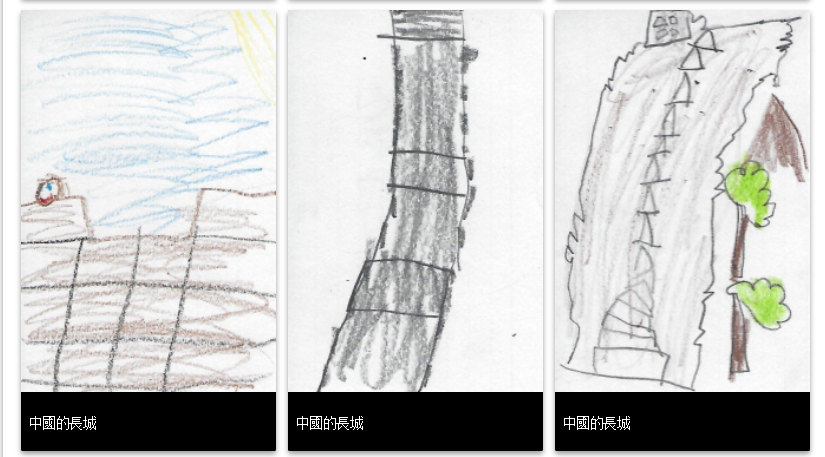Summary
At the start of this lesson, students are presented with a map of the United States that is divided into the eight geographic regions listed in the Virginia SOLs for USI (USI.2b). The students brainstorm why the United States is “separated” in this manner and discuss their questions and predictions as a class through the use of ActivEngage. Students use GoogleMaps and an online geographic layer map to analyze the various geographic regions of the United States and “discover” the reason for this division. At the end of the lesson, the students are presented with the SOL notes for each of the eight geographic regions. Using ActivEngage, the students predict which areas of their original map correspond to the different geographic regions listed in the Virginia SOLs.
TIPC Ratings
Approaching – 4
This lesson is designed as an introductory research lesson for 6th grade students. At the start of the lesson, the students use ActivEngage to construct research questions that will guide their investigation of the geographic regions. These research questions may not be thesis quality questions, but instead are intended as a starting point in getting students to make observations and conjectures that can be supported through research. As such, this lesson is also lacking in a discussion on how to determine the authority and accuracy of sources: This topic is covered later in the school year. Before the students use the tools available for their research, the teacher directly instructs on search techniques – how to use the various layers of the geographic layer map and search for images on Google Earth using latitude and longitude. While completing the lesson worksheet, the students apply these research techniques and respond to questions that prompt an analysis of information. In order to answer the worksheet questions fully and correctly match the SOL regions with the region on their map at the end of the lesson, the students must select, evaluate, and apply the information that they deem to be most important.
Developing – 3
Throughout the lesson, ActivEngage is also used as a classroom communication tool. Students add to a class brainstorm and refine their understanding of the geographic regions by reading and interpreting their classmates’ responses to various questions.
Approaching – 5
Critical thinking is a main instructional focus for this particular lesson. At the start of the lesson, the students use ActivEngage to construct research questions that will guide their investigation of the geographic regions. The students then use GoogleMaps and the geographic later maps to think critically and determine why the regions are grouped the way they are. In order to complete this task, the students have to analyze and apply information from both sources. The students also create their own name for each geographic region using this information, which is another higher order thinking skill. In the ActivEngage questionnaire at the end of the lesson, the students justify their match of the region with the correct SOL notes by referencing specific information that they saw using the two digital tools. Although this lesson does not mirror a real-life task, the lesson is authentic to some extent because the students apply what they learn about the geographic regions to understand the way various societies live today. The degree of critical thinking and research involved in this lesson would not be possible to the same extent without the use of technology. Using the layer maps, the students are able to immediately see and manipulate an overlap of geographic features that would not be possible using paper maps. Additionally, students could view images of each of the geographic regions without access to GoogleMaps, but they could not visually place the images with a specific location otherwise.
Not Observed – 0
There is some aspect of creativity integrated into this lesson – the students question, summarize, make predictions, and generate new ideas (geographic region names). However, the students can complete this creative aspect of the lesson without the use of digial tools, as the students could do something similar while looking at paper maps.
Classroom Action
Regions Task – Classroom Action from HCPS Instructional Technology on Vimeo.
Download Files
Geographic Regions Exploration – H21 Post Resources
Contents:
- Geographic Regions Exploration Flipchart
- Geographic Regions Exploration Worksheet
- H21 Lesson Plan
- Blank Region Map
- Geographic Regions SOL Notes
- Sample Student Work – Completed Geographic Regions Worksheet
- Video – Regions Task Classroom Action
- Video – Regions Task Explanation






One thought on “Geographic Regions Exploration”